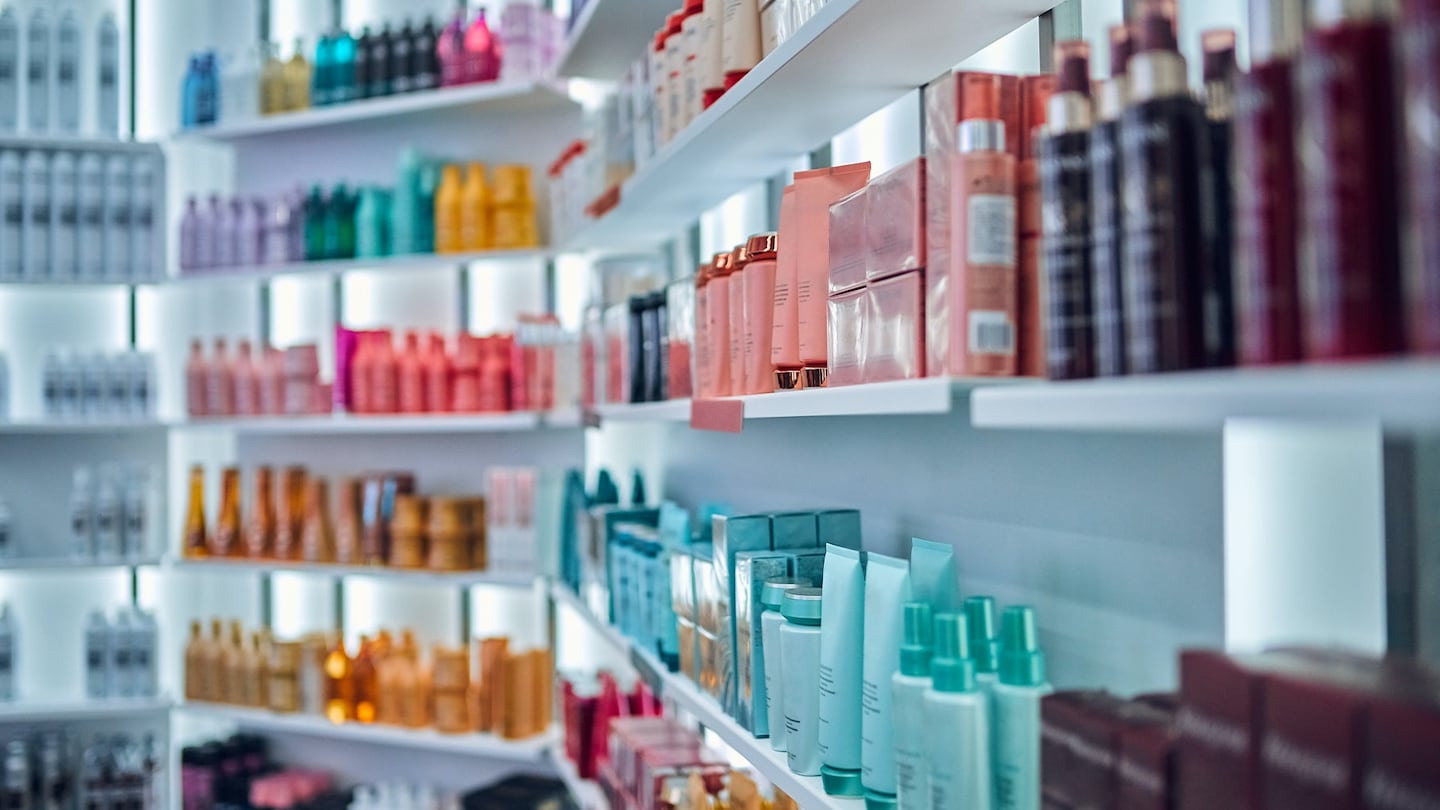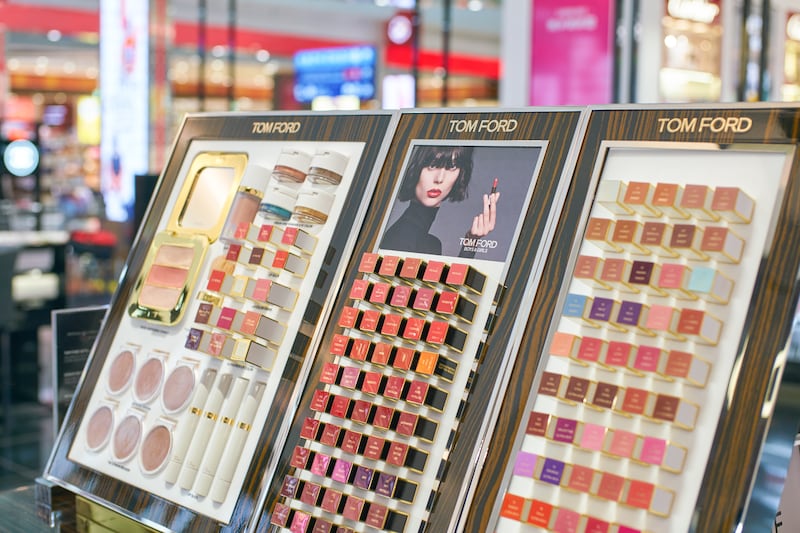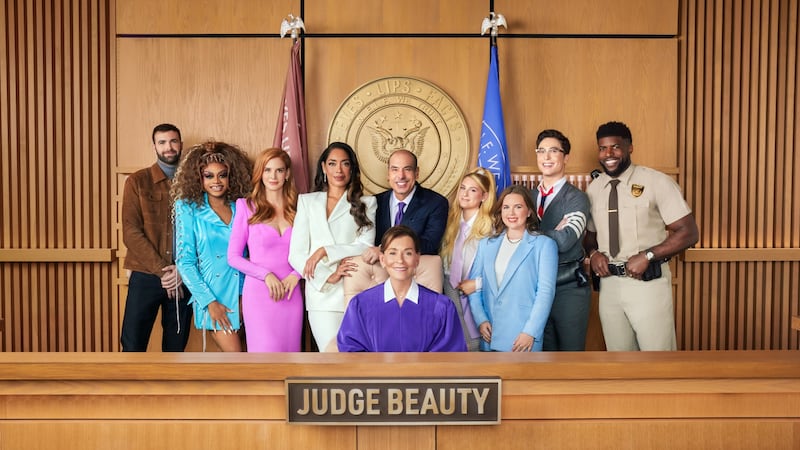
The Business of Fashion
Agenda-setting intelligence, analysis and advice for the global fashion community.

Agenda-setting intelligence, analysis and advice for the global fashion community.

This week marked a blockbuster week for earnings, with Estée Lauder, E.l.f., Coty, L’Oréal, Unilever, Shiseido and Kering all reporting results. All in all, beauty conglomerates had a strong showing. E.l.f. Beauty expects to reach full-year sales of nearly $1 billion, Coty beat Wall Street estimates, on the power of its fragrances and new launches, and L’Oréal delivered its third year of double-digit growth — for the full year, the latter reported €41.1 billion ($44.3) in sales for 2023 and €10.6 million in its fourth quarter.
But there was one notable miss: America’s sweetheart, The Estée Lauder Companies reported its sixth consecutive quarter of declines: Net sales fell 7 percent from a year earlier, to $4.28 billion, and profits declined by 8 percent to $3.12 billion. Still, a profit recovery plan inclusive of cutting up to 5 percent of its 62,000 workforce alongside leadership’s newfound outward focus on speed and innovation got Wall Street to perk up; shares of ELC stock jumped 10 percent the day it reported.
Beyond the numbers, this week’s results pointed to broader themes that all beauty players should pay attention to, namely the importance of speed, new launches and hero brands as well as the power of younger shoppers.
Across the board, all of the outcomes showed that beauty continues to have resilient customers with spending power. Still, even as inflationary pressures ease, this shopper is not letting up on splurging (in the case of Coty and L’Oréal gains in the prestige fragrance category) and scrimping (a la E.l.f. and the irresistible deals of its hero products).
ADVERTISEMENT
Value hacking remains important for brands to unlock as middle and lower income customers are pressed and trade up and down the beauty aisle. Case in point: E.l.f.’s affordable prices and viral products like its Poreless Putty Primer, Glow Reviver lip oil and Halo Glow Liquid Filter continue to be drivers for its overall growth, as well as the company’s digital-focus and speed. Coty, too, saw wins here as its CoverGirl Clean Fresh Yummy gloss, another Dior Lip Oil dupe, were highlighted as key drivers of the parent company’s growth.
But that same speed and innovation that E.l.f. embodies haven’t been shared by all public beauty companies. The Estée Lauder Companies finally openly acknowledged that it needs to be more responsive to beauty’s changing dynamics primarily through faster, more timely products.
The power of innovation proved clear at Coty as the conglomerate’s new launches including Burberry Goddess perfume drove much of its buzz in results. In earnings reported on Thursday, the company saw net revenues increase 13 percent year-over-year to $1.73 billion, beating Wall Street estimates. New launches also drove growth at L’Oréal, where Maybelline New York’s Surreal Mascara and Infallible Matte Resistance lipstick were called out in its consumer division and YSL’s Myself fragrance.
Beyond amping up its ideation to market timelines, Estée Lauder Companies has also struggled with the speed at which it matches inventory levels (look at supply and demand in Asia) as well as the speed it responds to overarching industry trends. Earlier this week, the company finally announced it was doing more around active dermatology, which has been a driver for L’Oréal with Cerave and Skinceuticals, via Clinique and its namesake Estée Lauder brand. L’Oréal reported this week that it’s Dermatological Beauty division saw over 25 percent year-over-year growth to $6.4 billion for the year.
“They’re saying all the right things, whether it works or not is another story,” said Oliver Chen, managing director at TD Cowen of ELC leadership.
However, Chen told me that the company’s focus on efficacy was certainly a step in the right direction. “Clinique was one of the originals to be dermatology [brand]. What needs to happen now is that it needs to be intensified and refreshed. That medicalization is very critical and we’re seeing it work with other brands.”
ELC is focused on reigniting desire for its top brands, namely Estée Lauder and Clinique with its product innovations. Unilever, too, reported that its top brands remain a priority. On Thursday, the company reported that across beauty and wellbeing, personal care, food and home its best-selling 30 brands represented 75 percent of group revenue with underlying sales growth of 8.6 percent in 2023. (Clearly, beyond hero products, every conglomerate also has hero brands.) Notably, its beauty and wellbeing and personal care delivered the strongest volume growth, with considerable traction in Unilever Prestige, made up of brands like Tatcha, Paula’s Choice and now K18, which it acquired in December.
Another key learning was that conglomerates that have a digital focus and are more relevant to younger consumers proved to be winners this cycle. Coty has been able to capture low hanging DTC fruit; it reported over 20 percent e-commerce revenue growth for both its prestige and consumer beauty divisions and E.l.f. ‘s digital prowess continues to reap bounds.
ADVERTISEMENT
And there is no denying that while prestige beauty can and still will win; the dupe effect and disruption, or TikTok-ification, of beauty will be very important for long-term wins. In ELC’s case, its bet on The Ordinary should be replicated over and over. While cash is a concern for the American conglomerate, amping the portfolio up with more buzzy brands, much like its competitors, can only be an asset.
Here are my top picks from our insight and analysis on beauty and wellness this week:
1. Estée Lauder Reveals Its Recovery Playbook

The beauty giant announced layoffs and plans to regain profitability, measures to restore faith in investors and customers alike.
2. How Beauty Arrived at the Super Bowl

E.l.f., Nyx Professional Makeup, Dove and Cerave are among the labels getting into the Big Game this year, testing the waters for advertising’s biggest stage.
3. The Changing Face of Fillers

Cosmetic fillers and Botox are more normalised than ever before — but consumers are also more weary of looking overdone. Skinvive, the first “injectable moisturiser” to receive FDA approval, may be able to fill in the gaps.
How not to look tired? Make money.
In a rare video this week, the mega-singer responded to sceptics and gave the public a look at what her beauty founder personality might be.
Request your invitation to attend our annual gathering for leaders shaping the global beauty and wellness industry.
Excitement for its IPO is building, but in order to realise its ambitions, more acquisitions and operational expenses might be required.